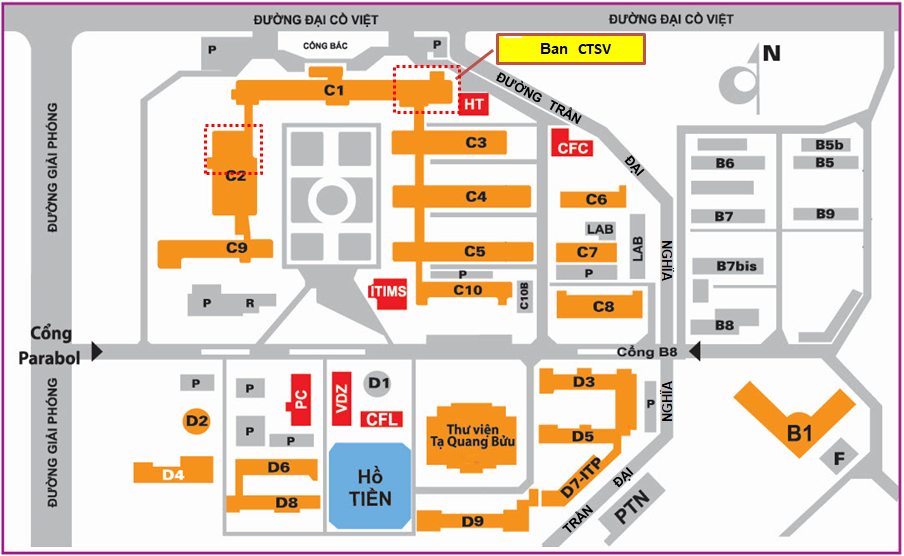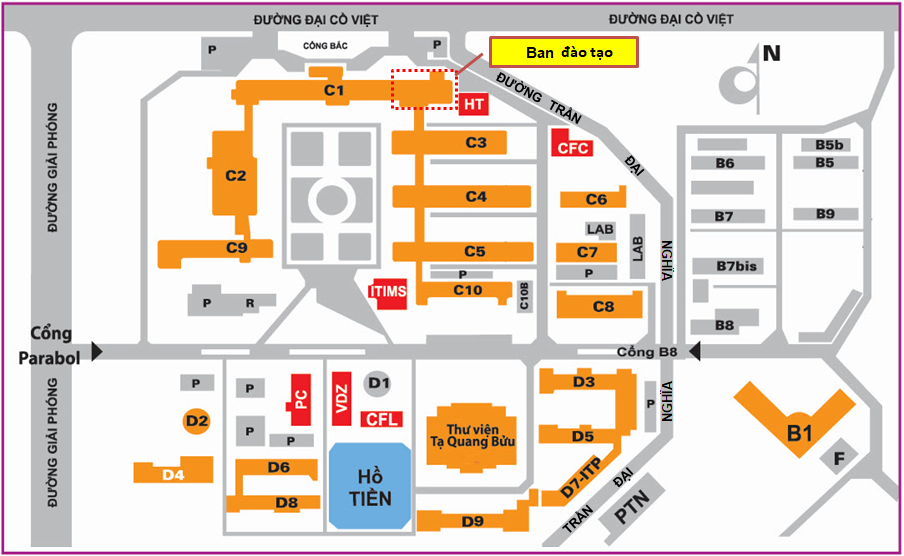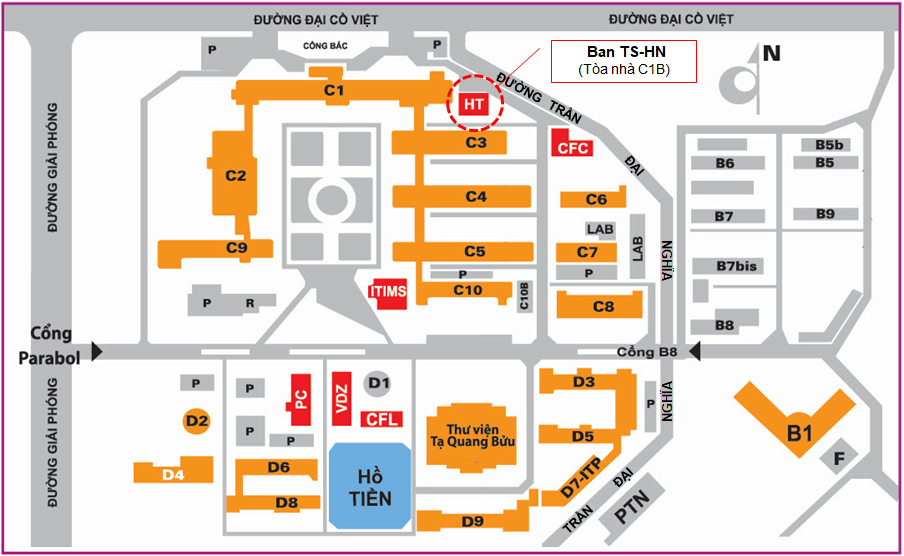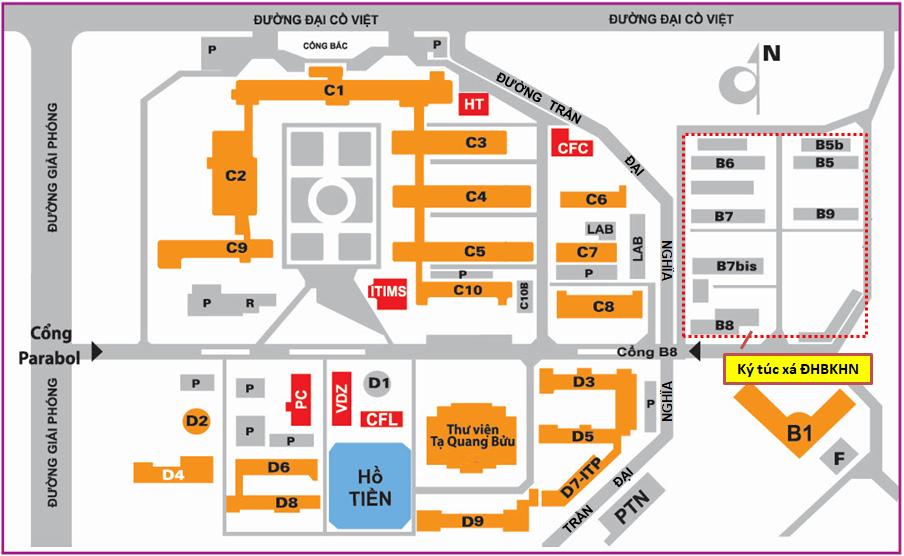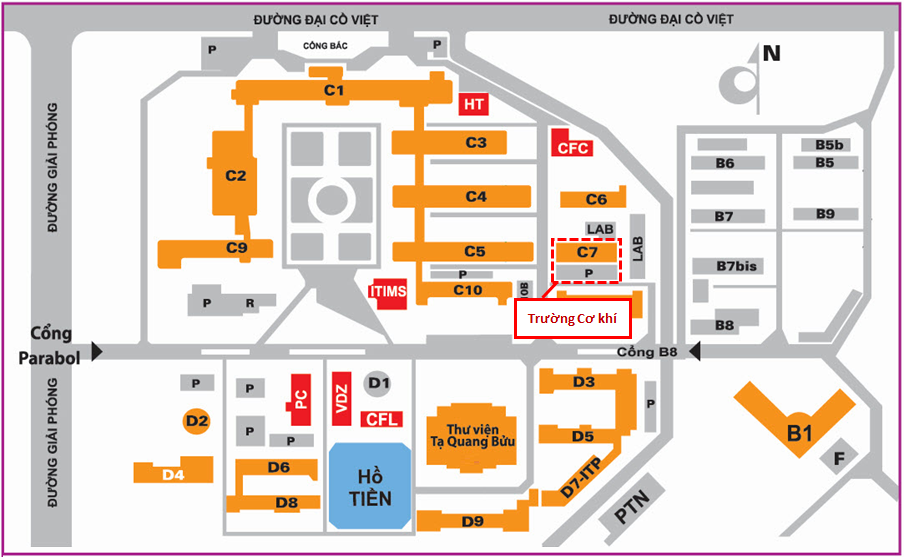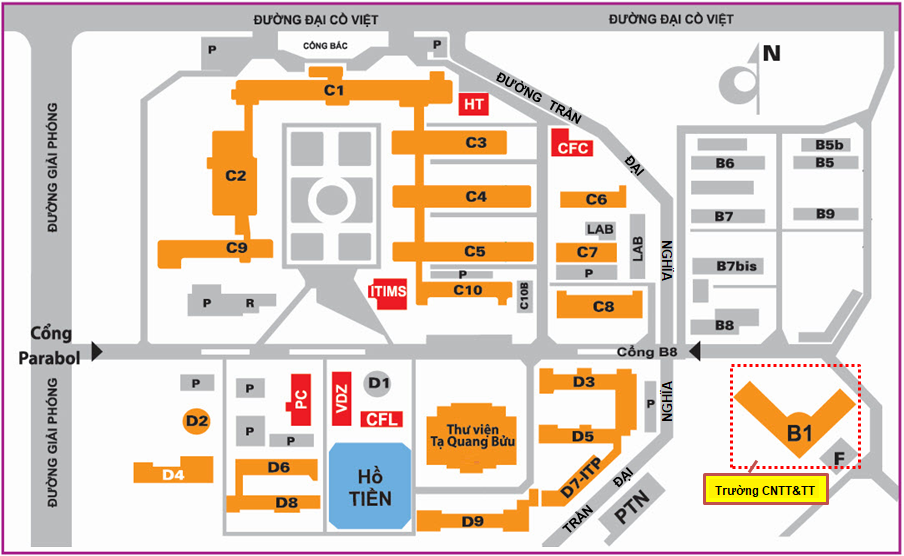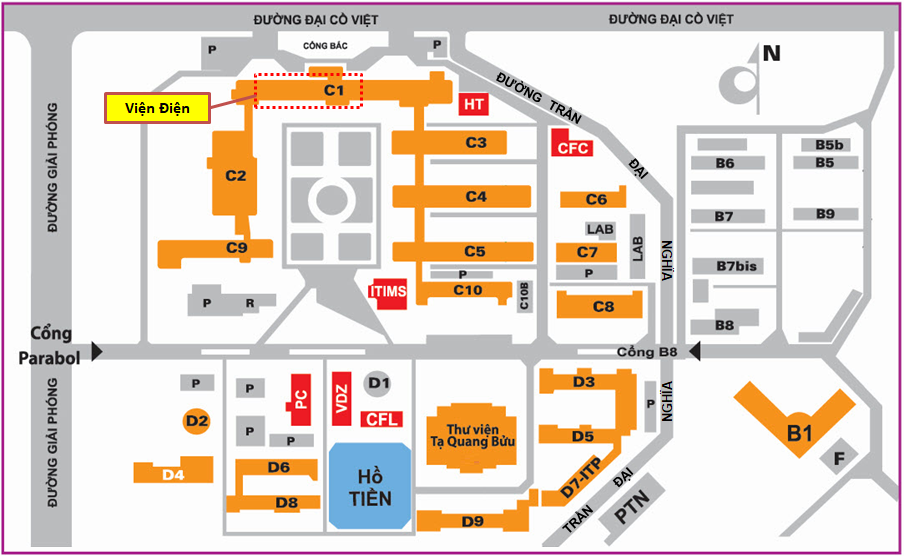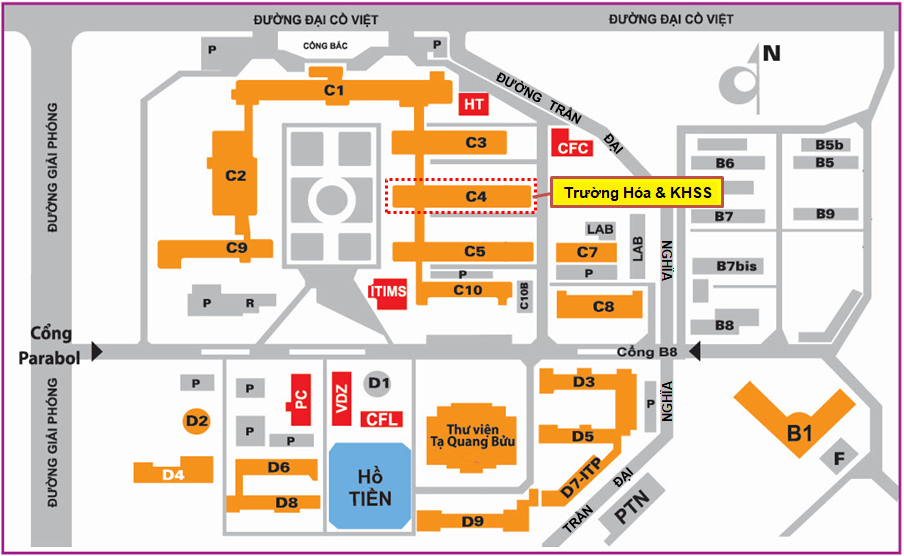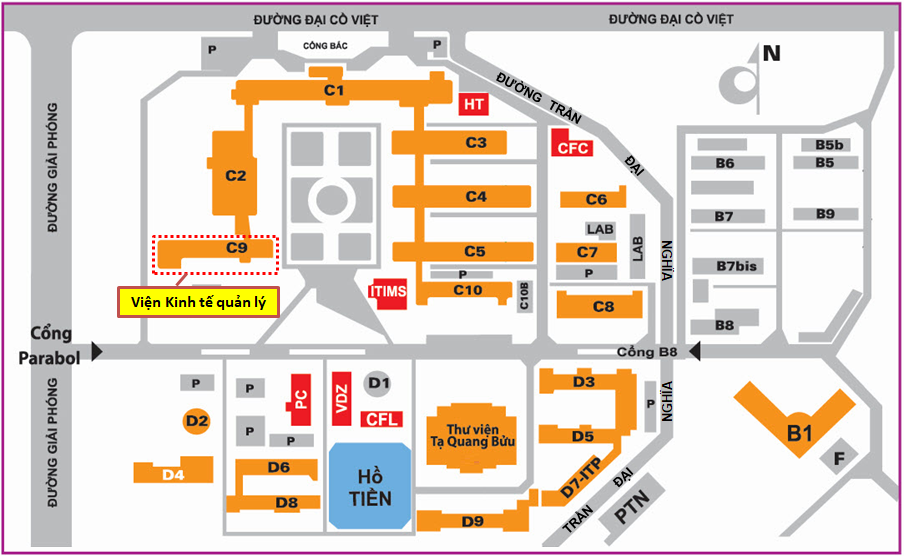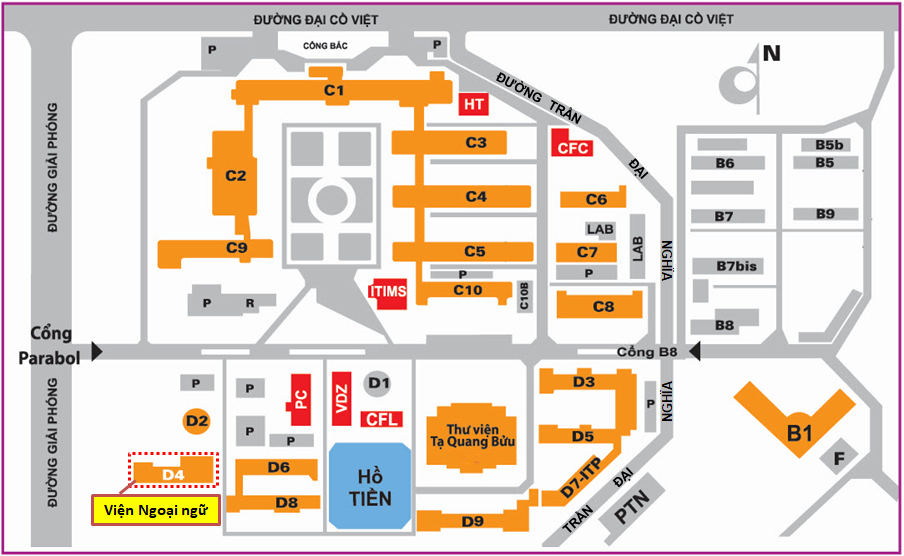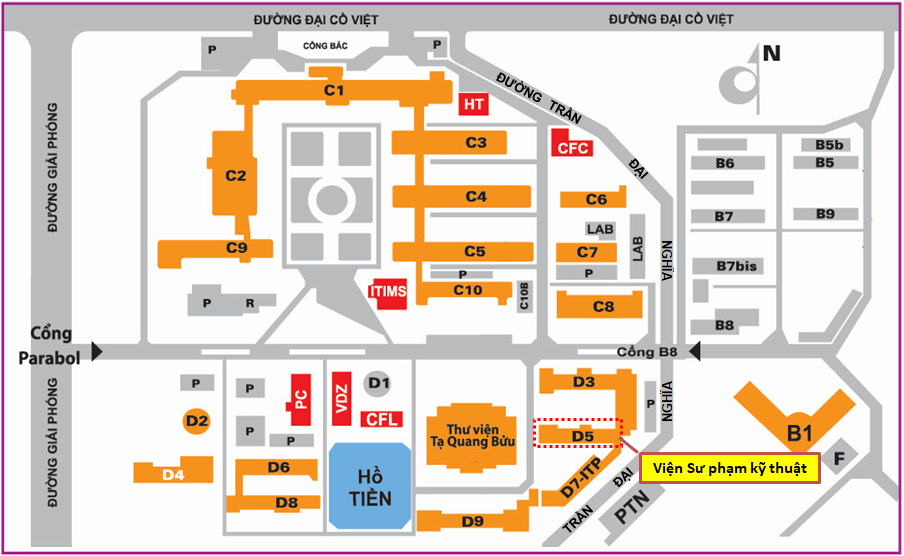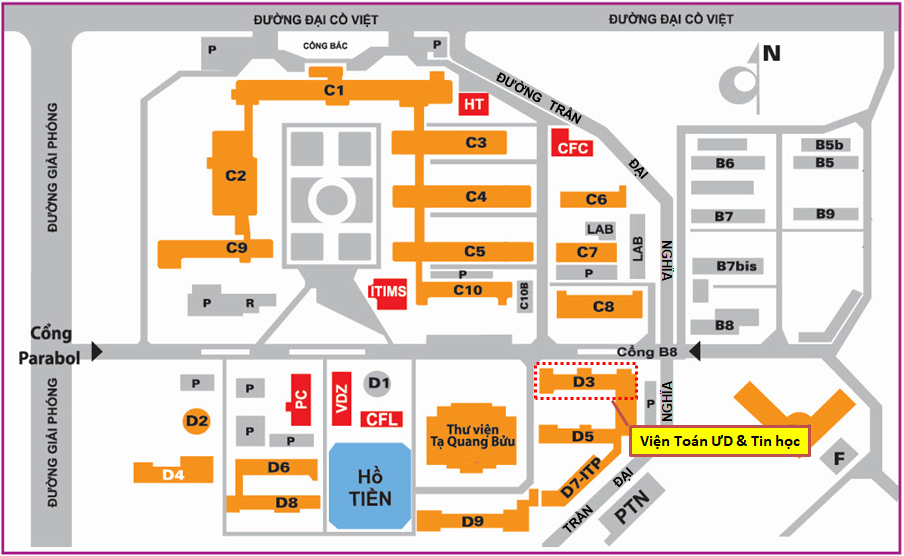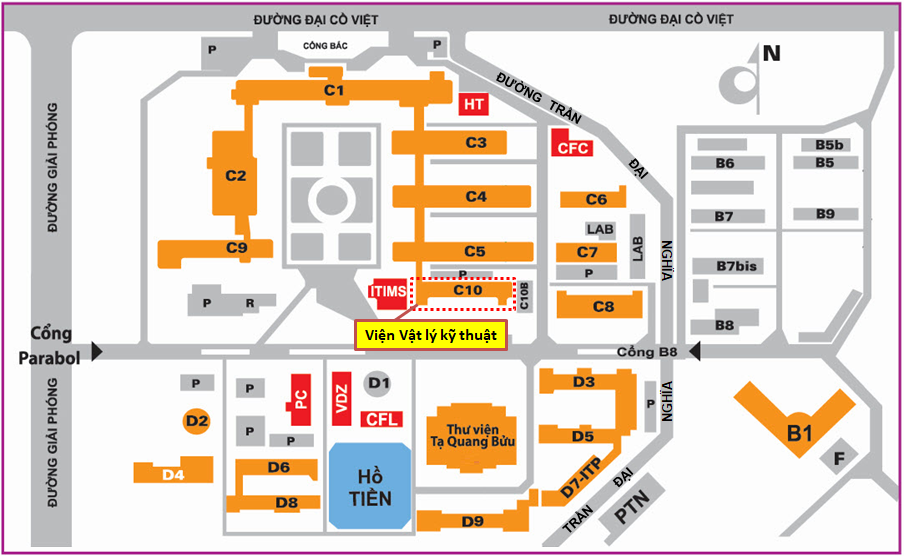Thinking assessment test 2023: thinking assessment levels, question types and sample examples
17-01-2023

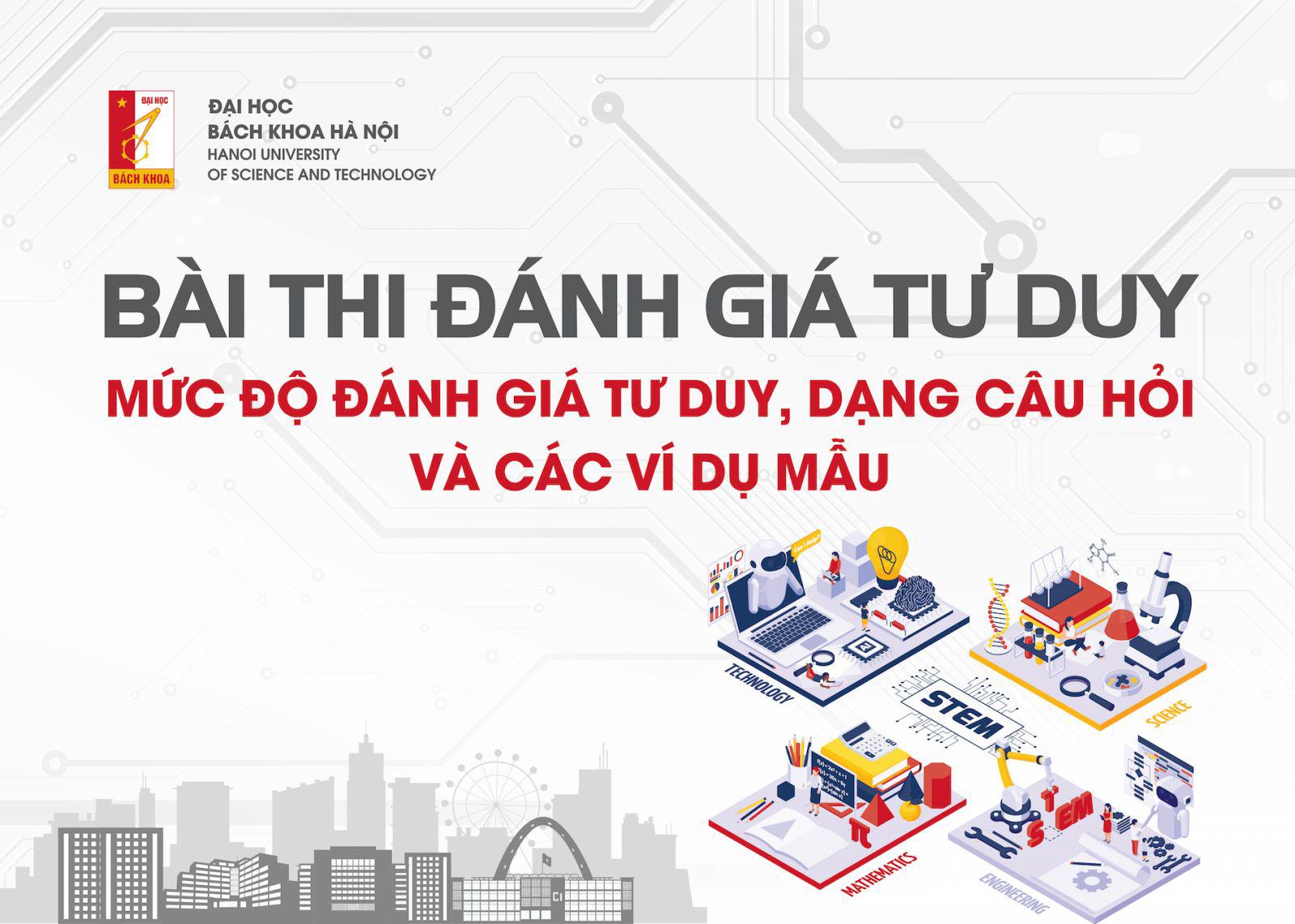
1. Level of thinking assessment
- Level 1: Representational thinking
Demonstrate the ability to recall knowledge and perform thinking according to known processes.
Thinking actions to evaluate: identify, search, select, repeat, name, match...
- Level 2: Deductive thinking
Demonstrate the ability to reason with grounds, perform analytical thinking, and synthesize based on applying processes adapted to conditions.
Thinking actions need to be evaluated: classify, compare, demonstrate, synthesize, apply, give reasons, infer, explain, apply, summarize...
- Level 3: Higher order thinking
Establish and implement evidence-based evaluation and interpretation models.
Thinking actions that need to be evaluated: analysis, evaluation, discrimination, judgment, reasoning (multi-step), hypothesis testing...
2. Evaluation field
With the orientation of assessing students' thinking, bringing success to students at the university level, in the thinking assessment test three thinking abilities have been identified including:
(1) Mathematical Thinking
(2) Reading Comprehension Thinking
(3) Scientific Thinking/Problem Solving.
Mathematical thinking assessment: content includes knowledge in the areas of arithmetic, algebra, functions, geometry, statistics and probability. The question structure is meaningful both in terms of problem and context, representing mathematical relationships; access mathematical knowledge by memory; combined with given information; modeling, calculation, and mathematical manipulation; explain; Apply appropriate mathematical reasoning, decision-making, and algorithm/quasi-algorithm skills. The mathematical thinking assessment section emphasizes quantitative thinking and the application of calculations or memorization of complex formulas. The questions contain problems from easy to difficult with reliability to ensure the required level of candidate differentiation.
Reading comprehension assessment: assesses the ability to read quickly and understand correctly. The questions of the reading comprehension test require students to transform meaning from a number of texts in the following genres: Scientific texts, Literary texts, Journalistic texts, in order to measure their ability to gather information. believe what is explicitly stated and reason to determine the underlying meaning. The questions require students to use reasoning and reasoning skills to identify main ideas and locate and explain important details; understand sequences of events, make comparisons, understand cause and effect relationships, determine the meaning of words, phrases, and statements based on context; generalize and analyze the author's tone and methods; Analyze claims and evidence in debates and integrate information from multiple related texts.
Scientific thinking/problem solving assessment section: The test is designed to include (1) Collection of scientific information and (2) Multiple choice questions, to measure the ability to: calculate, explain data; Point out a plan that is consistent with scientific information; Establish and implement evaluation models, inferences and test results.
Scientific information is conveyed in one of three different formats: data representations (scientific graphs, tables, and diagrams), research summaries (descriptions of one or more related experiments), or observations. conflict points (two or more theoretical model summaries or phenomena that do not agree with each other).
3. Type of thinking assessment question
The exam includes multiple-choice questions. Types of multiple-choice questions used include (questions are only scored if candidates select all options):
- Multiple choices (choose multiple correct options).
- Choice: True/False
- Short answer (fill in the answer).
- Drag and drop (available in the menu)
4. Sample examples
4.1 Example of mathematical thinking section: see HERE
4.2 Example of reading comprehension section: see HERE
4.3 Example scientific thinking/problem solving section: see HERE
Source: Hust.edu.vn


 Lê Giang
Lê Giang

